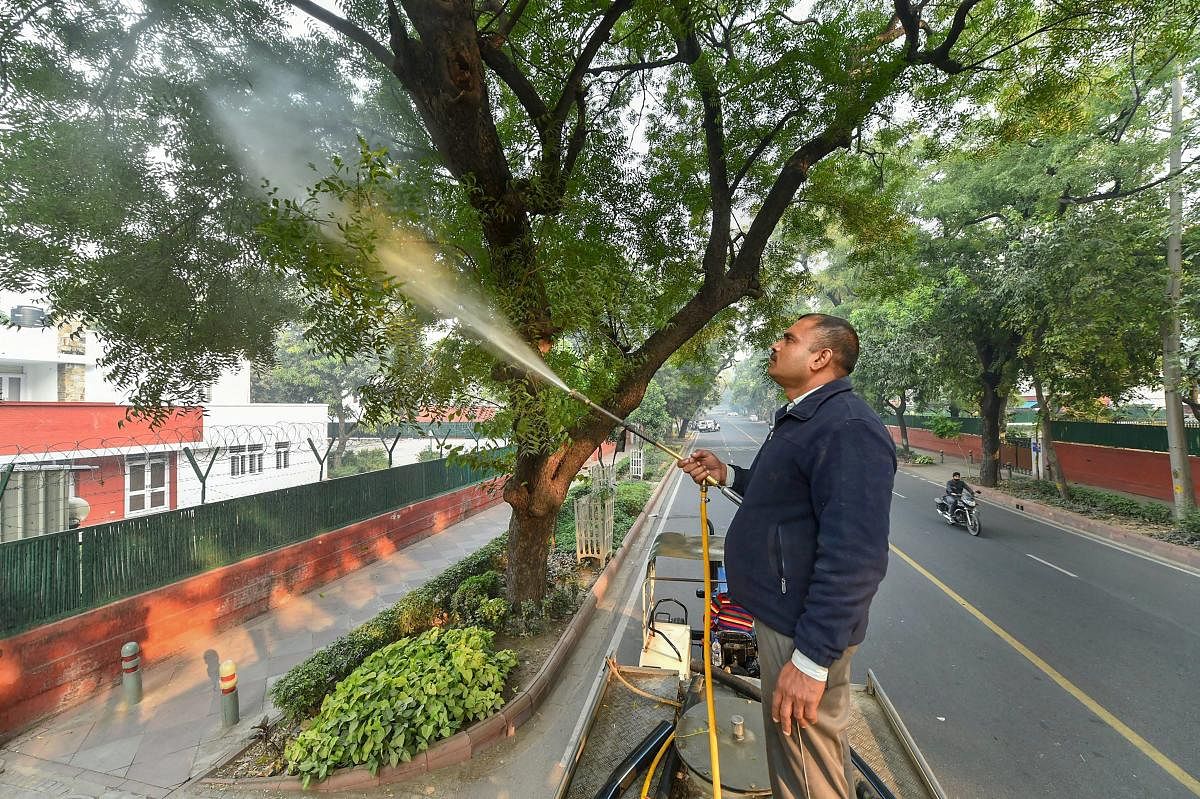
A thick haze engulfed Delhi as the air quality deteriorated and eight areas of the national capital recorded severe pollution level, authorities said Tuesday.
The overall air quality index (AQI) of Delhi was recorded at 360, which falls in the 'very poor' category, according to Central Pollution Control Board (CPCB) data.
The CPCB said Dwarka Sector 8, Jahangirpuri, Mundaka, Narela, Nehru Nagar, Rohini, Anand Vihar and Wazirpur recorded 'severe' air quality, while 23 areas of Delhi recorded 'very poor' air quality.
The level of PM2.5 (particles in the air with a diameter of less than 2.5 micrometres) was recorded at 211 and the PM10 level was recorded at 394, it said.
An AQI between 0 and 50 is considered 'good', 51 and 100 'satisfactory', 101 and 200 'moderate', 201 and 300 'poor', 301 and 400 'very poor', and 401 and 500 'severe'.
In NCR, Ghaziabad recorded the worst air quality at the 'severe' level with an AQI of 407. Greater Noida, Gurgaon, Faridabad and Noida recorded 'very poor' air quality, the CPCB data said.
According to the Indian Institute of Tropical Meteorology, a haze has engulfed the national capital and the wind speed and ventilation index are "extremely unfavourable" for dispersion of pollutants.
Ventilation index determines how fast pollutants can get dispersed.
The ventilation index of around 6,000 sqm/second gets rid of pollutants, but it came down to 1,500 sqm/second on Tuesday in the city.
According to the Centre-run System of Air Quality and Weather Forecasting (SAFAR), the air quality is 'very poor' and will remain in the same category with a gradual increase in pollution level for the next two days.
"The increase in pollution can be attributed to decline in wind speed as compared to past two days. All other meteorological factors were already unfavourable," the SAFAR said in a report.